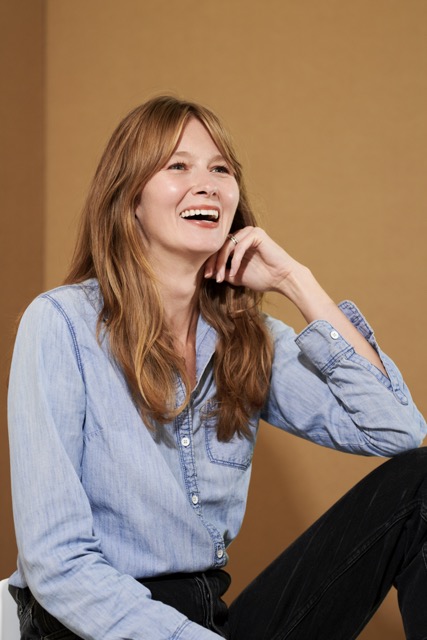Podcast Episodes
With Intent Podcast
With Intent is a podcast from ID. In Season 3, co-hosts Albert Shum and Thamer Abanami discuss some of the best designs from the last 50 years and what they can tell us about what responsible design looks like tomorrow.
In Season 2, Scratching the Surface podcast host Jarrett Fuller, ID’s 2022–23 Latham Fellow, hosted conversations about the state of design and ID’s latest chapter as we celebrated 85 Years of Making the Future. These conversations are also collected in the book, Where Must Design Go Next?
In Season 1, host and producer Kristin Gecan talked to a range of people—writers, business strategists, policymakers, doctors, community organizers—about how they use design in their work.
Subscribe:
Apple Podcasts
Spotify


-
S2 eP3
What If Human-Centered Design Isn’t Enough?
In the third episode of our second season of With Intent, Jarrett Fuller asks ID Associate Professor of Behavioral Design Ruth Schmidt and Charles L. Owen Professor of Systems Design Carlos Teixeira, What If Human-Centered Design Isn’t Enough? Ruth and Carlos discuss the capabilities and limits of human-centered design, the concept of humanity-centered design, and how the evolving role design plays in our organizations and corporations will shape our collective future.
Listen
-
S2 eP2
How Do You Teach Design for Tomorrow?
The second episode of our second season of With Intent asks ID Associate Dean Matt Mayfield and Assistant Professor Zach Pino, How Do You Teach Design for Tomorrow?
Matt and Zach discuss ID’s ever-evolving curriculum, the relationship of design to art, how students learn about technology at ID, the recent “seismic shift” in students’ goals, and the challenges and opportunities of a field in flux.
Listen
-
S2 eP1
How Does Someone Become a Designer?
Jarrett Fuller asks, How does someone become a designer? in the first episode of Season Two of With Intent. This episode features Tomoko Ichikawa, Associate Professor of Visual Communication, and Marty Thaler, Associate Professor of Product Design. Tomoko and Marty discuss ID’s Foundation sequence—possibly the strongest tie that ID has today with its history as The New Bauhaus. (Foundation at ID makes it possible for nondesigners to enter our graduate school.)
Listen
-
S1 eP10
Hope and Action with Mushon Zer-Aviv
Mushon Zer-Aviv is an activist, artist, and designer. He’s currently at work on devising new ways of understanding change and the future—ways that account for the limits of forecasting and consider the “darkness” of the future as a place for hope and possibility.
He also discusses systemic bias, the value of small talk, his appreciation for Rebecca Solnit, Naomi Klein, and Milton Friedman, and how his work brings provocation and action together.
Listen
-
S1 eP9
Meaningful Work with Marina Gorbis
Marina Gorbis is executive director of the Institute for the Future, a place where business executives, policymakers, nonprofits, and others use foresight and futuring techniques to make better long-term decisions. For example, you might work with the Institute for the Future to anticipate and be able to plan for a worldwide pandemic.
In fact, Marina worked on just such a project years before COVID hit. Now that the pandemic is real, interest in futuring has spiked. Marina talks about what futuring is and the trends she’s seeing—in particular, how our relationship with work is changing. She also talks about how she defines value creation, that project that anticipated the pandemic, and her current project, the Equitable Enterprise Initiative.
Listen
Contact

Kristin Gecan
Assistant Dean & Senior Director for Content
Contact Kristin with media inquiries, guest ideas, and other feedback.